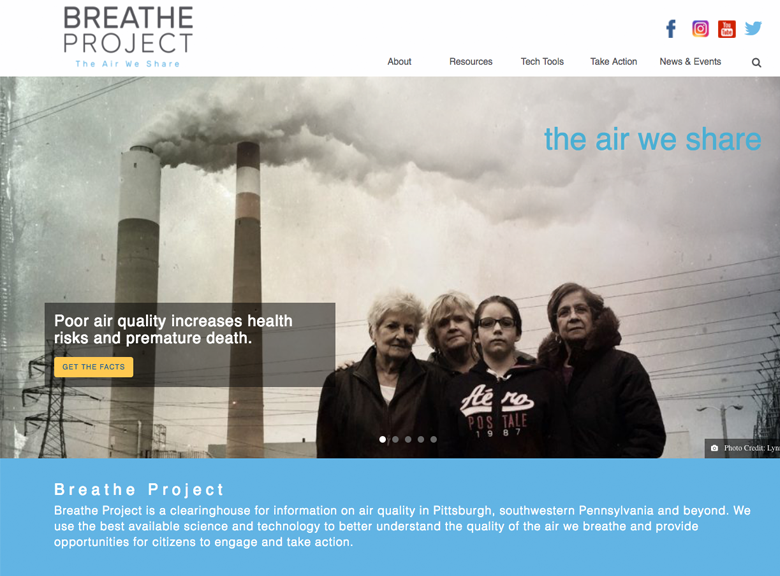Sharable Content: The Emotional Appeal
In general, positive messages do better than negative ones.
Framing something in a positive light often gives people the feel-good attitude that makes them want to pass on the optimism. A recent New Yorker article reported that articles with titles like “Wide-Eyed New Arrivals Falling in Love with the City” were more popular and shared than sad articles like “Baby Polar Bears’ Feeder Dies.”
Of course, a big part of these articles’ success is how much their headlines hook the reader. For tips on how to write a newsworthy headline, check out our post on rules to write by.

A strong emotional response elicits more shares than a weak one.
Intense emotional content makes readers more likely to share, even if the emotion is not positive. Posts that excite, righteously enrage, or tickle readers with their adorableness get more shares than those that don’t.
Think about Upworthy’s use of emotional headlines to draw visitors in. A recent video on the site was titled, “This Guy Was Really Nice to a Homeless Little Girl and Got the Best Reward Ever in Return.” The title communicates the video’s positivity and hooks the viewer. Then its content delivers on the headline.
Some emotions convince people not to share.
Some emotions stifle the desire to share. If people feel content or satisfied after reading or watching something, their motivation to share it isn’t as high as in the case of a story that angers or delights them.
People don’t tend to feel the need to share contentment–if you’ve had a normal, uneventful day at work, you aren’t likely to talk much about it. But if you’ve had a great day that was out of the ordinary, you’ll be more likely to tell all your friends about it.
Get emotional to get your followers sharing, and your content might just go viral.

 Fort Ligonier Days: 60th Anniversary
Fort Ligonier Days: 60th Anniversary  JCC PGH: Center for Loving Kindness
JCC PGH: Center for Loving Kindness  Wagner Agency
Wagner Agency  OBID: You Are Here
OBID: You Are Here  Breathe Project
Breathe Project
Be the first to comment!